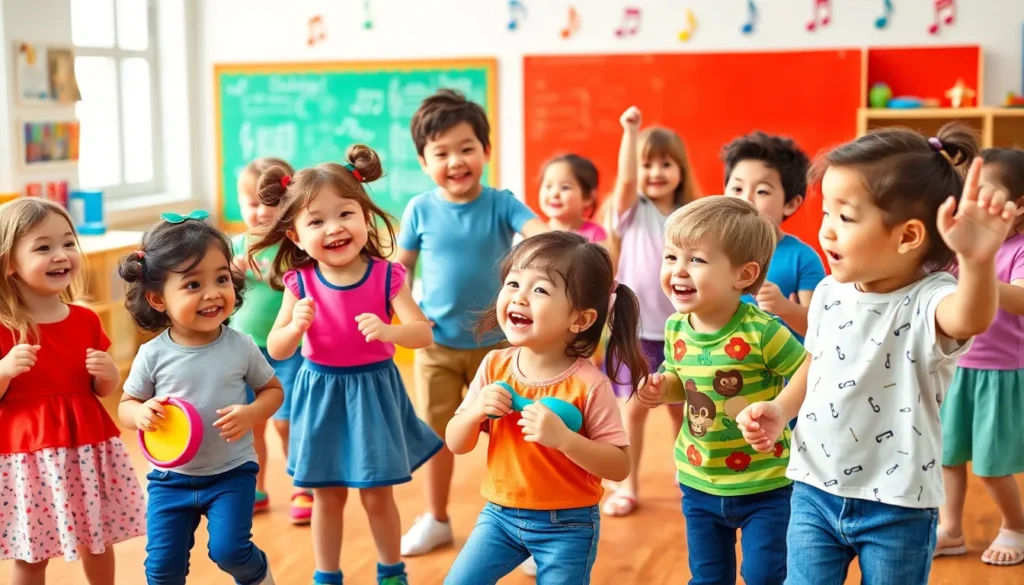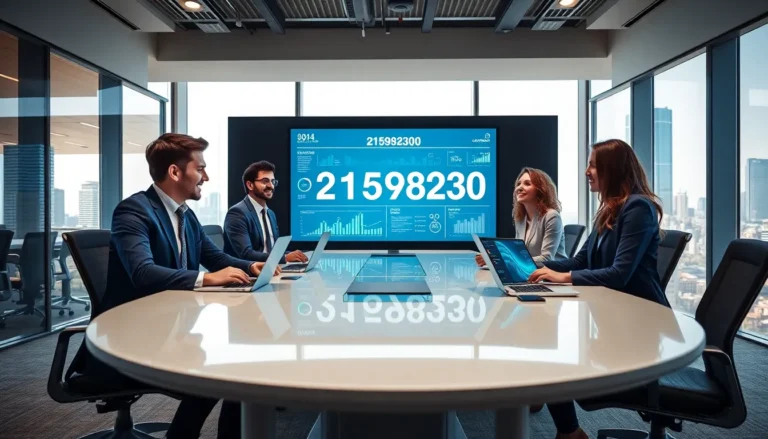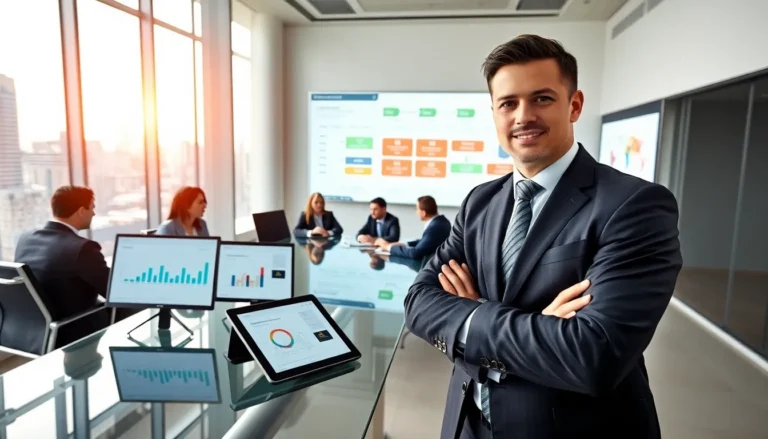Table of Contents
ToggleEvery parent knows that preschoolers have a seemingly endless supply of energy. So why not channel that exuberance into something fun and beneficial? Music and movement activities are the perfect way to get those little feet dancing while boosting their creativity and coordination. Imagine a room full of giggles, wiggly bodies, and a symphony of joyful noise—sounds like a recipe for success, right?
Importance Of Music And Movement Activities For Preschoolers
Music and movement activities play a crucial role in preschoolers’ overall development. Engaging in these activities fosters various skills, ensuring a well-rounded growth experience.
Cognitive Development Benefits
Cognitive growth benefits significantly from music and movement. These activities enhance listening skills, improve memory retention, and promote better concentration. Through interactive play, preschoolers learn about rhythm and patterns, strengthening their understanding of sequences. Participation in group activities encourages social skills, critical thinking, and problem-solving abilities. Research indicates that music exposure correlates with improved language development, leading to more robust communication skills in young learners.
Physical Development Benefits
Physical development thrives through music and movement. Activities such as dancing or rhythmic games enhance motor skills, coordination, and balance. Frequent engagement promotes muscle strength and flexibility, essential for daily activities. Active participation boosts cardiovascular health, providing energy and stamina. Furthermore, rhythm-based movements stimulate sensory processing abilities, aiding in spatial awareness. Studies show that children who participate in these activities exhibit improved physical fitness levels compared to their peers who do not.
Types Of Music And Movement Activities
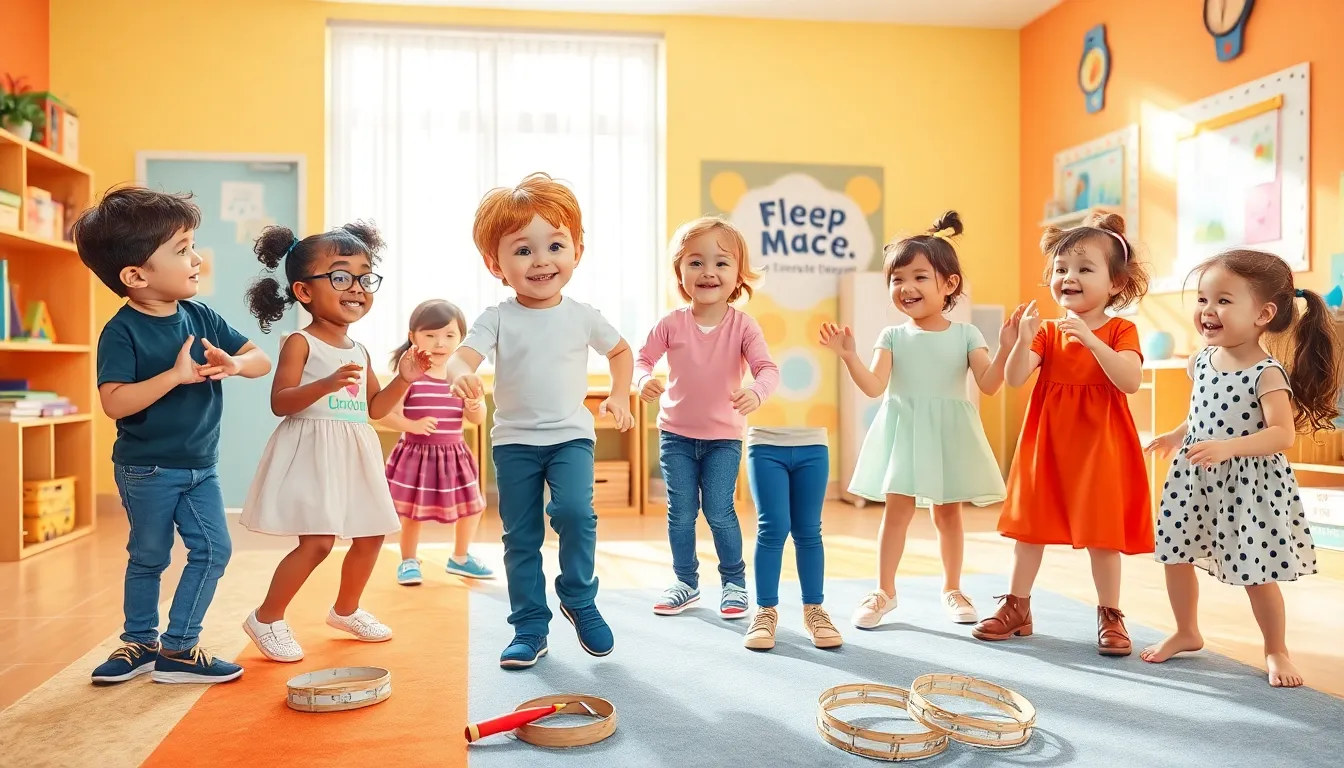
Music and movement activities encompass a variety of engaging experiences for preschoolers, encouraging creativity and physical development.
Dance Games
Dance games offer lively and interactive ways for children to express themselves through movement. Children can follow rhythm through simple games like freeze dance, where music plays, and they freeze when it stops. Incorporating action songs, such as “Head, Shoulders, Knees, and Toes,” keeps preschoolers active while learning body parts. Additionally, group dances like the Hokey Pokey foster cooperation and social interaction among peers. Music-based activities not only enhance coordination but also build confidence as children enjoy making choices in their dance moves.
Instrument Exploration
Instrument exploration introduces preschoolers to a diverse range of musical sounds and textures. Various instruments, such as shakers, tambourines, and xylophones, capture children’s attention while promoting auditory skills. Facilitating free play with these instruments allows kids to experiment and discover different sounds. Caregivers can encourage group activities where children play simple rhythms together, fostering teamwork and listening skills. Engaging with instruments inspires creativity and nurtures a lifelong appreciation for music among young learners.
Creating A Fun Learning Environment
Creating an engaging space for music and movement activities energizes preschoolers while promoting learning. Thoughtful planning leads to a vibrant atmosphere where children thrive.
Space Considerations
Space plays a crucial role in music and movement activities. Ensure there’s ample room for children to move freely without obstacles. Floor surfaces should support safe dancing, so consider mats or carpeted areas. Establish defined zones for different activities, such as a music corner for instruments and an open area for dance. Using colorful decorations adds visual appeal while fostering creativity. Design a comfortable area for breaks, allowing kids to recharge during active play.
Choosing The Right Music
Selecting appropriate music enhances the enjoyment of activities. Opt for upbeat tunes that inspire movement and align with the age group. Consider diverse genres to expose children to various styles, including classical, folk, and contemporary music. Prioritize songs that feature engaging lyrics and rhythms, encouraging participation. Establish a rotation of songs to keep the environment fresh and exciting, while allowing kids to suggest their favorites. Incorporating instrumental tracks can also promote open-ended movement, allowing creativity to shine through without lyrical constraints.
Tips For Parents And Educators
Music and movement activities engage preschoolers and enhance their development. Parents and educators can utilize specific strategies to maximize these benefits.
Encouraging Participation
Involve children in setting the rhythm. Invite them to share their favorite songs, which promotes excitement. Facilitate group activities that require teamwork, as collaboration enhances social skills. Lead by example, demonstrating enthusiasm during activities. Foster a welcoming environment where every child’s contribution is valued. Incorporating familiar songs can also increase participation and enjoyment. Balance structured activities with free play, allowing children to explore their creativity.
Safety Considerations
Prioritize safety by ensuring ample room for movement. Create a space free from obstacles to minimize the risk of accidents. Use soft floor surfaces or mats to cushion falls, enhancing safety during activities. Supervision remains crucial, so parents and educators should watch closely as children participate. Select appropriate music volumes to protect young ears while promoting a lively environment. Regularly check equipment and instruments to ensure safety and functionality. By implementing these safety measures, adults can foster enjoyable and secure music and movement experiences for preschoolers.
Music and movement activities offer preschoolers an enriching way to express themselves while developing essential skills. By engaging in these joyful experiences, children not only harness their energy but also enhance their cognitive and physical abilities. The right environment and thoughtful planning can transform these activities into memorable learning moments.
Encouraging participation and creativity fosters a sense of community among young learners. With the right music and a focus on safety, parents and educators can create a vibrant atmosphere that nurtures growth. Ultimately, integrating music and movement into preschool routines lays the foundation for lifelong appreciation and enjoyment of physical activity and creativity.
